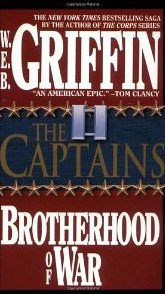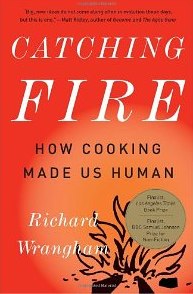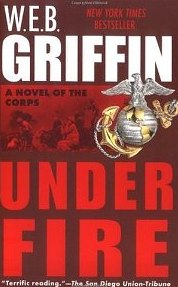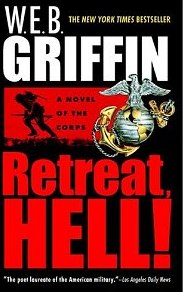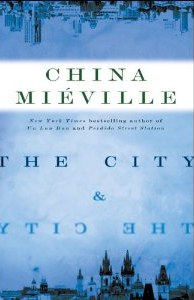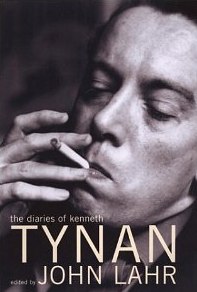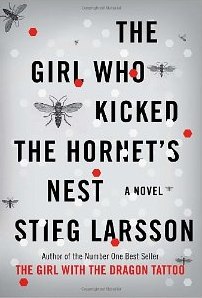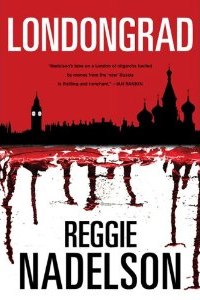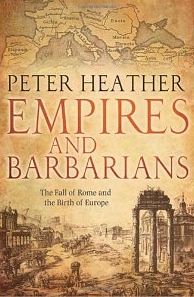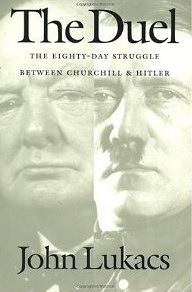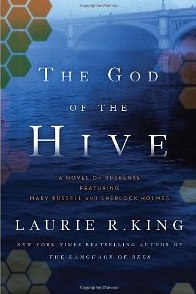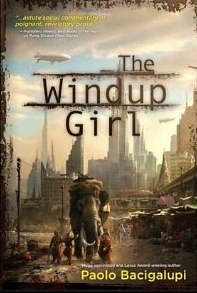This nicely designed eBook (with optional paper edition) from Five Simple Steps surveys graphic design for graphs and charts. The overriding aesthetic is Tufte’s, with a strong flavor of High Modernism; Suda deplores chart junk and implores the designer to reduce visual noise and minimize the use of ink. The brand-new pdf does have a few mistakes (typos in the pdf’s table of contents, a damaged figure on page 26) but is otherwise a model of design.
Suda considers his audience to be design professionals, and he assumes that design professionals are innumerate. This might be a safe assumption – the amount of hand-wringing in some design-heavy books when fourth-grade fractions are mentioned suggests Suda is not alone here – but I doubt that Suda approaches this in the best way. Chapter 4, in particular, says little more than “the golden ratio is good to keep in mind.” I doubt that the excursions into Fibonacci or irrational numbers will help a lot of people with this lesson. The extended discussion of color blindness is preaching to the choir; if you’re a design pro and you don’t know that some people are color blind, you haven’t been paying attention.
Error bars are treated here as a gloss on bar charts. They’re just as important in line charts and scatter diagrams, and indeed in all sorts of visualizations. If there is one lesson designers need, it might be the importance of representing statistical uncertainty.
Suda is deeply distrustful of new media.
Dynamic graphs are excellent tools for exploring data, but if they canʼt be printed out or cast in metal, they wonʼt last.
This is wrong: most data presentations, including those of greatest importance, are ephemeral. Reports and analyses, newspapers and journals, all are meant to inform, guide, and convince the reader and their immediate goal is to do their work, not to immortalize their creator. The most important virtue of the great posters of Cassandre or Toulouse-Lautrec was that they were effective as posters; whether or not they held up well over the years is a detail for curators. The fellow who designed the notorious slide where chartjunk partially obscured data that might have averted the Challenger explosion didn’t want his diagram to live forever, and would doubtless have been pleased if it had been understood, acted on, forgotten and lost to history.
This is also a deeply conservative book that avoids many interesting problems. Why haven’t treemaps become more popular? Why aren’t sparklines ubiquitous? (I think one reason is that they look odd on the page, and that’s exactly the problem designers should tackle for us.) What’s happened to cone trees and information walls and the sort of visualization work that used to come so regularly out of PARC? Is there nothing more to say about textual visualization beyond word clusters and tag clouds? A very pressing concern today is representation in detail of large data sets – homeland security databases, social networks, the Web – where interaction seems essential because static summaries cannot anticipate our needs. Getting extraneous grid lines out of our graphs is a good thing, but there is a great deal more to be done.
October 17, 2010 (permalink)
